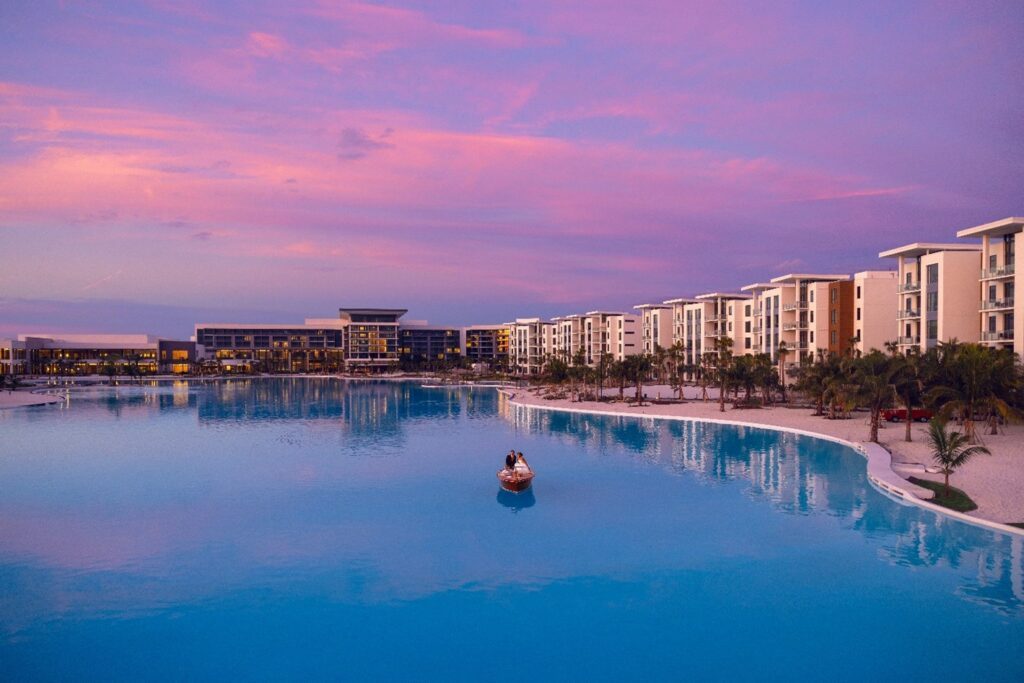H&LA’s David Sangree got the chance to weigh in with a recent article from Cleveland.com about the improving hotel occupancy in the Cleveland market. As we turn the page to 2022, we will likely see continued improvement as group demand looks poised to make a comeback.
Published by: Cleveland.com/Susan Glaser
Published date: January 2022
CLEVELAND, Ohio – Hotels in Greater Cleveland were about half full in 2021, an improvement from the year before, but still down dramatically from before the pandemic.
Hotel occupancy – that’s the percentage of rooms that are occupied – was 52% in the Cleveland region in 2021, according to figures from travel research firm STR. That compares to 37% in 2021 and 61% in 2019.
The figure is an important metric of the region’s travel economy, as well as an indicator of how well the area is rebounding from the economic effects of the coronavirus pandemic.
Hotel occupancy in the region in 2021 lagged behind the national average, which was 58%. It was just below the state average of 53%.
Joe Savarise, president of the Ohio Hotel & Lodging Association, said some properties in the state performed very well in 2021, including those outside of Ohio’s urban centers, in rural areas and near parks.
“Unique lodging properties had a very strong year overall,” he said. “Many of those properties were booked 100% of the time, with waiting lists. That’s a sign that travelers were looking for alternative experiences. But that came at the expense of hotels in our cities.”
Indeed, downtown Cleveland hotels, which typically perform better than properties in the region as a whole, did worse than their suburban counterparts, with just 48% occupancy in 2021, up from 31% in 2020 but down from 68% in 2019.
“Business travel is still very slow,” said Savarise, who expects that hotel occupancy in the state won’t fully recover until 2023 or 2024.
One bright spot, at least from a hotelier’s perspective: Even as demand stayed low, the average cost of a hotel overnight in downtown Cleveland in 2021 increased to $159, up from $156 in 2019, before the pandemic.
David Sangree, president of Hotel & Leisure Advisors in Lakewood, speculated that downtown hotels were able to keep rates relatively high on weekends and during special events like the NFL Draft in April.
“I do think things will be better in 2022,” he said. “Group demand is going to come back.”
Not surprisingly, hotel occupancy in Cleveland was highest in the warmer months, at 65% in July and 64% in August. Hotels were most empty in January and February, a function of both the weather and ongoing pandemic-related travel restrictions that continued into early 2021.
Savarise said better times are ahead. “As we get into the second and third quarter of this year, with better weather and the medical situation improving, we will see more events, more business travel. We will see a better spring and summer.”
One ongoing challenge, however, is the issue of labor. With weak demand, many hotels have been able to get by with a smaller workforce. But as travel returns – and for big events like the upcoming NBA All-Star Game in Cleveland next month – hoteliers may have trouble filling positions.
Sangree said some new industry policies, including not cleaning rooms every day, for example, have allowed hotels to get by with fewer employees.
In addition, Savarise said that hoteliers have become adept at doing more with less. “They are working harder and longer hours than ever before,” he said. “Everybody within the hotel environment is doing not just two or three jobs. These are folks who are literally doing five jobs.”
Where hotel occupancy was highest in 2021
The best-performing U.S. cities were all in the South, with business-oriented destinations faring the worst.
Tampa, 68%
Miami, 67%
Los Angeles, 64%
Phoenix, 63%
San Diego, 62%
Atlanta, 60%
New York City, 60%
Nashville, 59%
Denver, 59%
Dallas, 58%
Orlando, 58%
Cincinnati, 55%
Cleveland, 52%
Columbus, 52%
Boston, 51%
Chicago, 50%
Washington, D.C., 48%
Minneapolis, 45%


